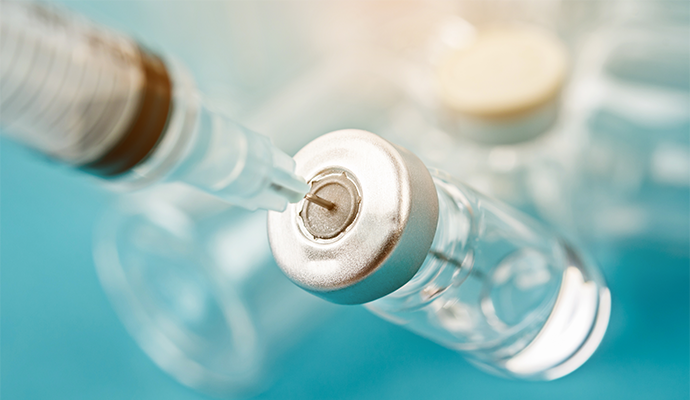Insulin Prices 8x Higher in the US Compared to Similar Nations
In 2018, the average insulin prices in the US was $98.70, compared to $6.94 in Australia, $12.00 in Canada, and $7.52 in the UK.

Source: Getty Images
- Insulin prices are more than eight times higher in the US than in 32 comparable, high-income nations combined, according to a new RAND Corporation study.
In the analysis, researchers used prescription-drug market data from IQVIA’s MIDAS database. The data examined covered the year 2018 and spanned 33 countries, including the US.
For price index results, researchers compared prices in the US with those of each comparison country.
They found that overall, the average US manufacturer price per standard unit across all insulins was $98.70, compared to $6.94 in Australia, $12.00 in Canada, and $7.52 in the UK.
Specifically, for rapid-acting insulins, the US reported an average price of $111.39 per standard unit versus $8.19 in non-US countries. And for intermediate-acting insulins, the US reported an average price of $73.56 per standard unit versus $5.95 in non-US countries.
“U.S. prices were dramatically higher than those in comparison countries across different timing categories of insulins,” researchers highlighted. “In general, U.S. prices were closer to, but still much higher than, prices in other countries for short-acting, intermediate-acting, and long-acting insulins than to prices in other countries for rapid-acting insulins.”
Additionally, the report found that the US accounted for 31.6 percent of insulin consumption and 83.8 percent of sales in 2018.
Specifically, analog insulins accounted for 91 percent of US volume and 92 percent of US sales.
In contrast, in most higher-income countries, analog insulins accounted for over 80 percent and in some cases, nearly 100 percent of volumes and sales.
Although long-acting insulins represented a higher share of volume than sales in the US (32 percent), the share of volume was higher in Japan (42 percent,) France (38 percent), and Germany (36 percent).
Between two-thirds and three-quarters of insulin sales and volume in Canada and Germany did not align with presentations available in the US. Researchers noted that this is because of the differences in the formulations of insulin available in those countries compared to those available in the US.
"This analysis provides the best available evidence about how much more expensive insulin is in the U.S. than in other nations around the world," Andrew Mulcahy, the study's lead author and a senior policy researcher at RAND, said in a press release about the study. "Prices in the U.S. are always much higher than other nations, even if you assume steep discounts to manufacturer prices in the United States."
Insulin list prices in the US have increased dramatically over the past decade.
For example, a CMS report found that the average wholesale-acquisition price for rapid-acting, long-acting, and short-acting insulin increased by 15 to17 percent per year from 2012 to 2016.
Researchers also found that average out-of-pocket costs increased by 10 percent per year between 2006 and 2013 for insulin-using Medicare Part D enrollees.
In a 2019 analysis, Fuglesten Biniek and Johnson also found that insulin spending per person doubled between 2012 and 2016.
Specifically, spending increased from $1,432 to $2,853 even after accounting for a 50-percent rebate.
In February, FDA published a final rule and additional resources to provide useful information to healthcare providers to ensure smooth regulatory transition to insulin products.
The final rule, Definition of the Term ‘Biological Product, aimed to expedite the regulatory transition of insulin in order to reduce drug costs and increase market access.
“These critical therapies often carry a heavy price tag, the cost of insulin has risen over the past decade. Operating these products to increased competition is expected to bring down prices and help patients have access to more choices for these life-saving drugs,” FDA Commissioner Stephen Hahn, MD, said in the February announcement.
